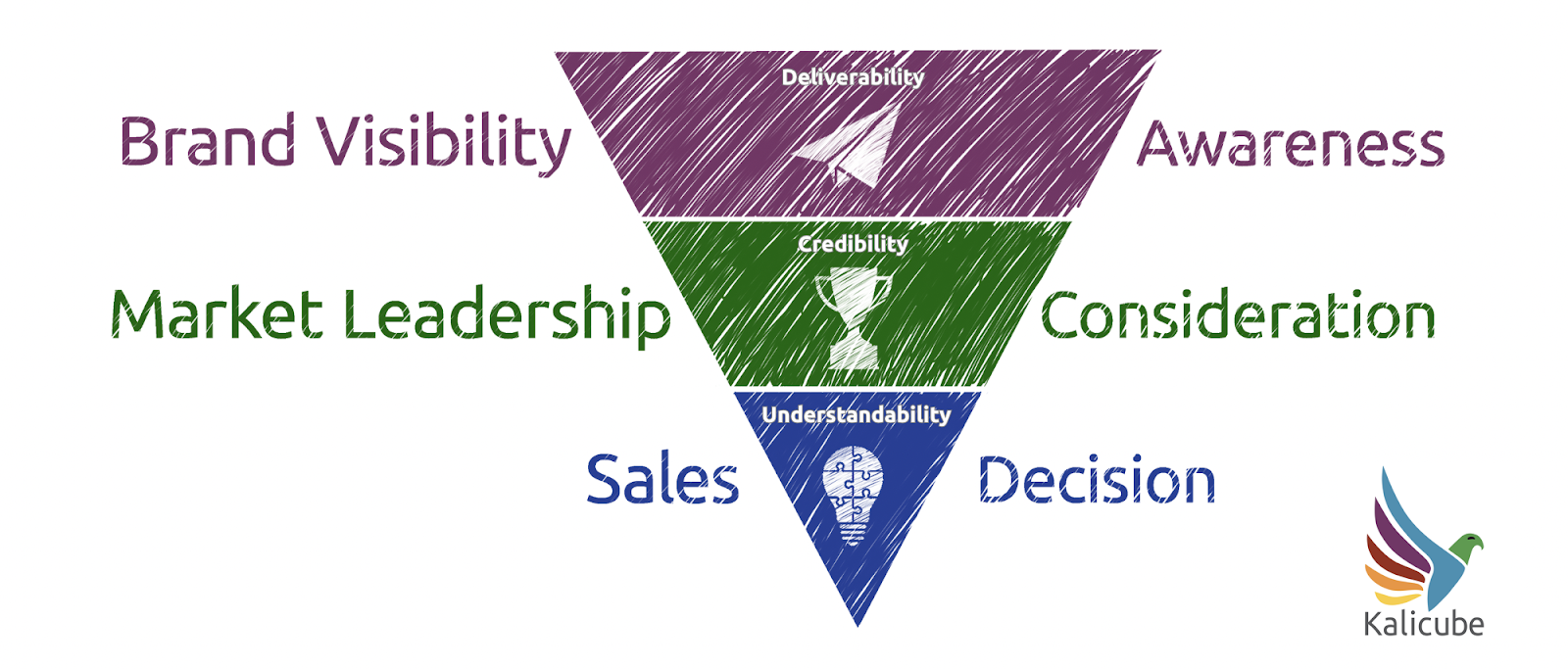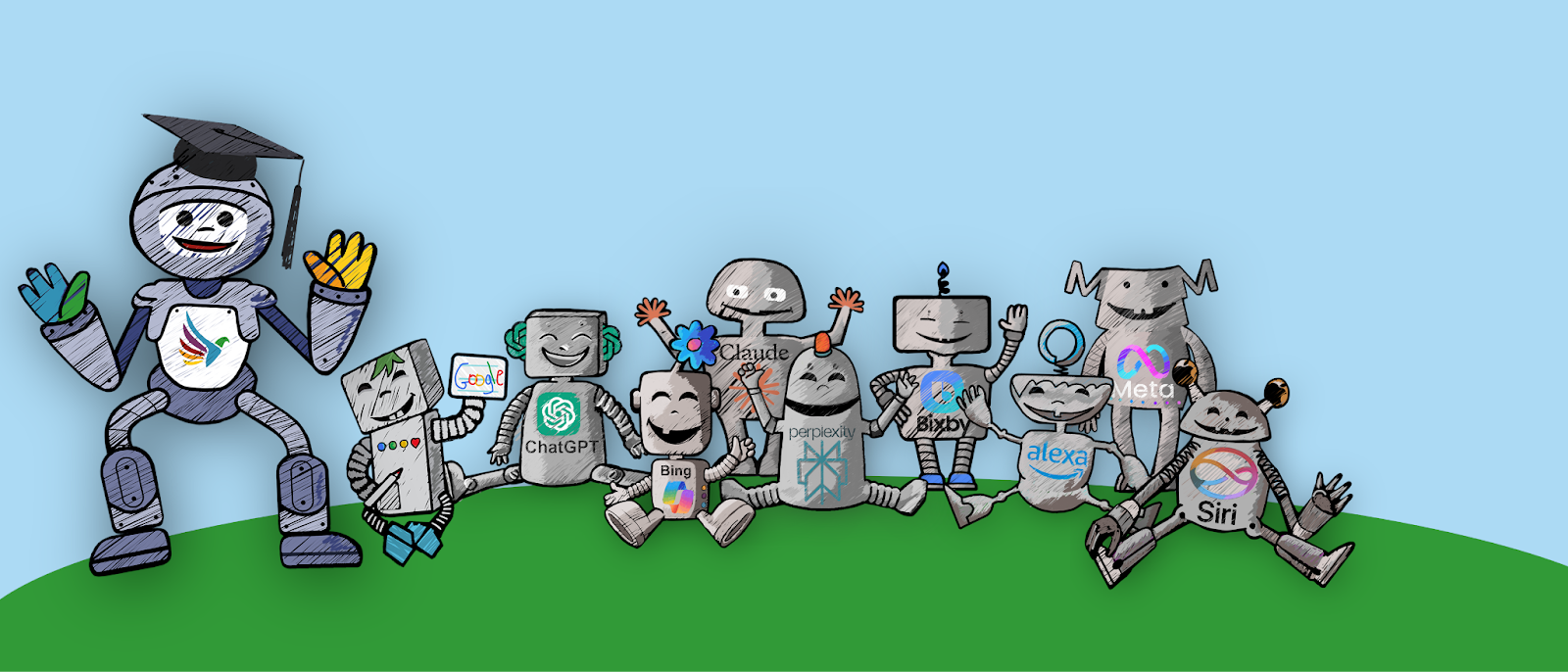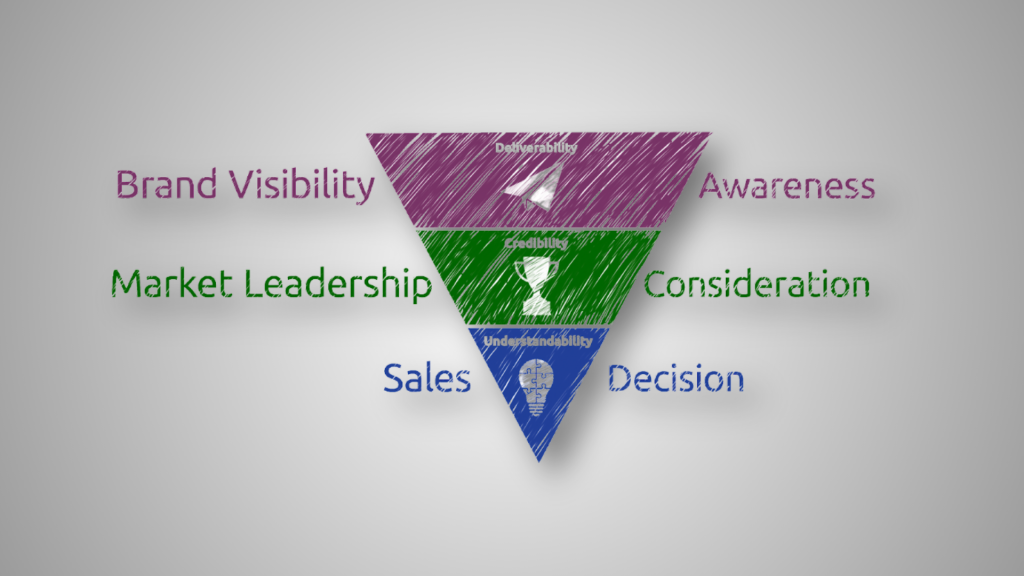SEO in the age of AI: Becoming the trusted answer

For years, I’ve updated my working definition of SEO to capture how the discipline has evolved.
Here’s how those definitions have changed over time:
- 1998 to 2023
- SEO is “the art and science of persuading search engines such as Google, Bing, and Yahoo to recommend your content as the best solution to a user’s problem.”
- By 2023
- As the landscape expanded, SEO became “the art and science of persuading recommendation engines – including Google, Bing, ChatGPT, Perplexity, Siri, Alexa, and Copilot – to present your solution as the best in the market.”
- In 2025
- The definition has become simpler – and broader. Call it search engine optimization, generative engine optimization (GEO), answer engine optimization, or AI assistive engine optimization. Today, they have all converged into one unified discipline:
- “The art and science of engineering a brand’s entire digital ecosystem to educate AI assistive engines, ensuring the brand becomes their most trusted, logical, and go-to answer at every stage of the conversational acquisition funnel.”
- The definition has become simpler – and broader. Call it search engine optimization, generative engine optimization (GEO), answer engine optimization, or AI assistive engine optimization. Today, they have all converged into one unified discipline:
This redefinition raises an essential question: if SEO has converged into educating AI assistive engines, where should we look to understand how these systems learn?
Why Google still sets the blueprint for the AI era
Although Google may seem to be losing ground in online search and research, it remains the best ecosystem for understanding where AI assistive engines are heading.
Why?
Because it’s the only major player with all three pillars of the algorithmic trinity:
- A dynamic web index from traditional search.
- A factual knowledge graph.
- A large language model (LLM) that can communicate.
Our role is to create clarity.
Think of AI as a child – eager to please, but easily confused.
It learns from your digital footprint and forms its answers, recommendations, and suggestions through three lenses:
- What’s current (search results).
- What’s factual (the knowledge graph).
- What’s conversational (the LLM).
The curriculum to teach is threefold: conversation, knowledge, and up-to-date information.

Dig deeper: Generative AI is changing search, but Google is still where people start: Study
How to educate AI
To succeed in this new paradigm, brands need a structured, repeatable methodology.
Traditional, channel-specific tactics won’t hold up because AI learns from the entire digital ecosystem.
This methodology rests on three sequential pillars:
- Understandability: Machines must clearly and unambiguously grasp who the brand is, what it does, and who it serves. This is the foundation.
- Credibility: The brand must prove it is the best solution by demonstrating notability, expertise, authority, trustworthiness, and transparency across the ecosystem.
- Deliverability: The brand’s message must appear with the right information, in the right format, at the right time, wherever its audience is active.
Together, these three phases build a consistent digital presence that:
- Educates the algorithmic trinity.
- Fosters long-term algorithmic trust.
- Positions the brand at the top of the algorithmic mind.
The conversational acquisition funnel: Your new curriculum
Every day, AI assistive engines like Google AI Mode, ChatGPT, Perplexity, and Copilot have trillions of niche conversations with billions of people who trust them.
These engines now cover every stage of the Conversational Acquisition Funnel – explicit, implicit, and ambient research – and every prospect will engage with their version of your funnel at some point.
Your job is to win at every stage by being top of algorithmic mind, whichever engine your ideal prospect prefers.
Top of the funnel: Clarity makes you the answer
At the awareness stage, how does a new client discover you?
Google’s recent cleanup of ambiguous thing entities shows that AI assistive engines are unlikely to introduce a vaguely defined concept into a specific conversation. They prefer a recognized expert.
To become the clear answer here, you must provide relevant content in the right format and be the trusted entity on a specific topic (topical authority).
When AI is confident in your expertise and you feed it the content it needs, it will prioritize your solution – and advocate for you at the top of the funnel.
Awareness is the deliverability phase.
Get the newsletter search marketers rely on.
See terms.
Middle of the funnel: Clarity makes you the credible choice
At the consideration stage, Google’s focus on unifying person entities is telling.
When a user is evaluating options, AI is asking:
- Who is speaking?
- Why should I trust them?
An entity with a confused or multi-typed classification is at a disadvantage. It lacks the clear authority to be presented as a trustworthy option.
To earn the recommendation here, AI must have absolute confidence in your credibility, earned through a clearly defined entity and reinforced by undeniable N-E-E-A-T-T signals.
Consideration is the credibility phase.
Bottom of the funnel: Clarity closes the deal
At the decision stage, the stakes are highest – the perfect (money) click.
When a potential client asks, “Who should I choose?” you need to be firmly established as the ultimate choice.
To be the trusted choice at this stage, your brand must be factually and consistently defined across the web.
That clarity allows AI to confidently present you as the solution – reinforced with a trust-building summary and a direct link to the money page.
Decision is the understandability phase.

The new job description for SEOs: Educators
Google’s June 2025 Knowledge Graph update was a call to arms for clarity – and it changes our job description.
Our role is no longer about persuading algorithms with tactics, but about fundamentally educating them.
This is the greatest opportunity since Google won the search engine wars, when we could finally focus on one engine instead of half a dozen.
Today, brands that embrace their role as teachers will build a deep, resilient moat of algorithmic trust.
Those brands will stay top of the algorithmic mind – and the ones AI engines confidently recommend again and again.







Recent Comments